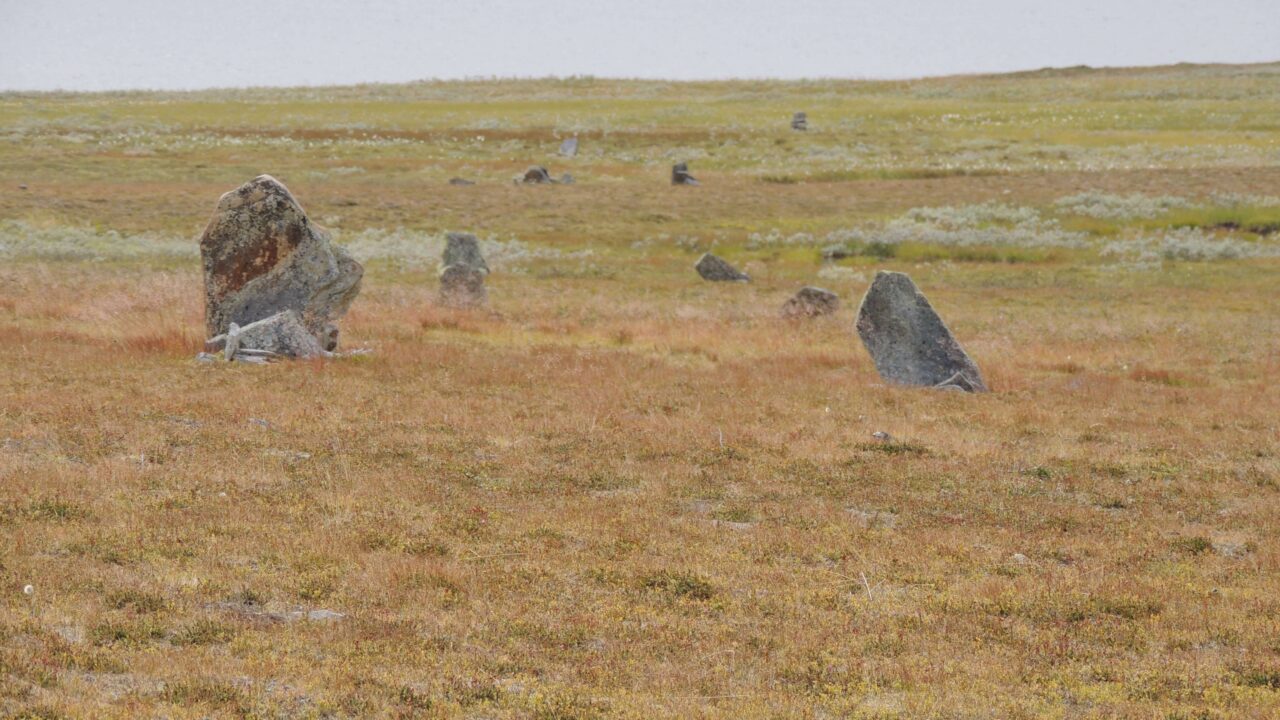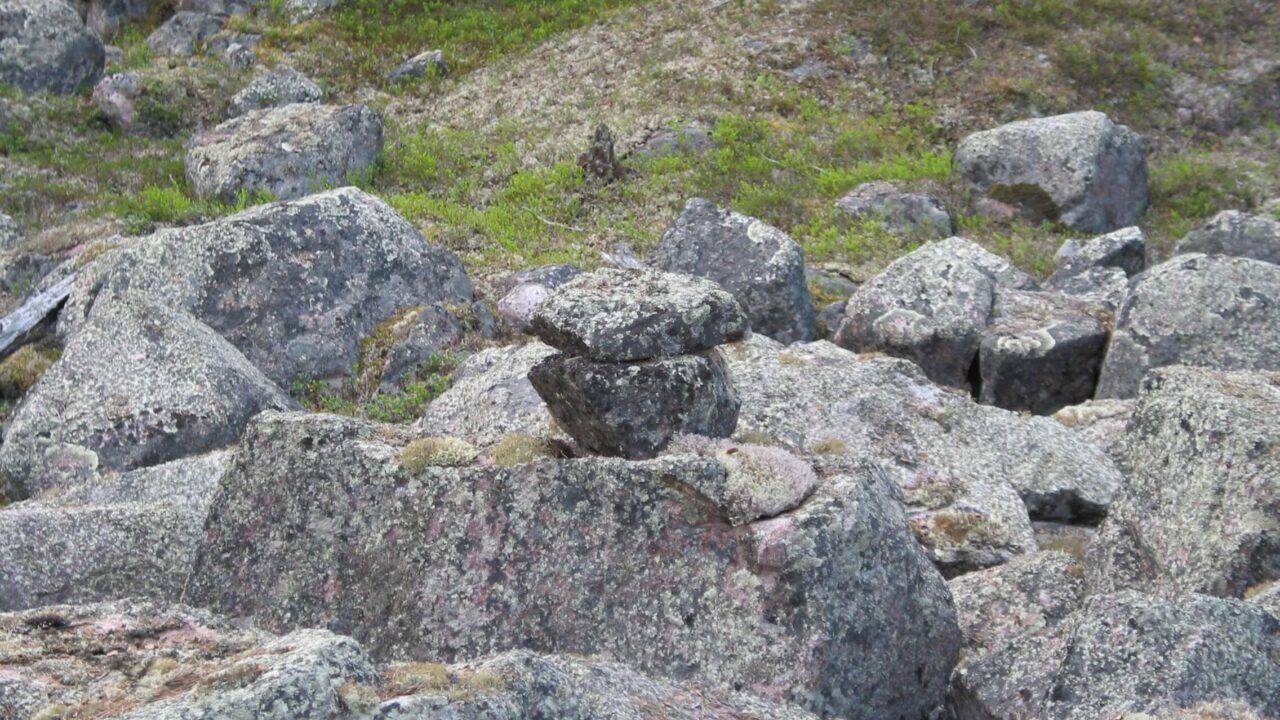Trade, trade routes and Sami communities
The project analyzed the role of the Sami in East-West trade with the specific aim of clarifying how and where direct trade took place. What were the trade routes and where were the trading posts? Who built and maintained the trail systems? How were Sami communities affected by their contacts with other communities?
The role of the Sami as buyers, intermediaries and suppliers in Viking and medieval east-west trade has long been known, but the trade infrastructure has not. The aim was to clarify where and how trade took place, the extent and design of prehistoric trail systems and their socio-economic and political importance in the interface between different communities.
The project work included inventory and dating of older stone paths in the mountain area and of older path systems, mainly bascule bridges, in the border area between coast and inland in Norrbotten and Västerbotten. The Silvermuseet researchers were the initiators of the project and project owners.
The project was carried out in an interdisciplinary collaboration with researchers at the Swedish University of Agricultural Sciences in Umeå.
Funder: Swedish Research Council, Dnr 421-2009-1337
Project duration: 2010 - 2012
Grant awarded: SEK 2 100 000
Project leader: Ingela Bergman
Grant administrator: Silvermuseet


